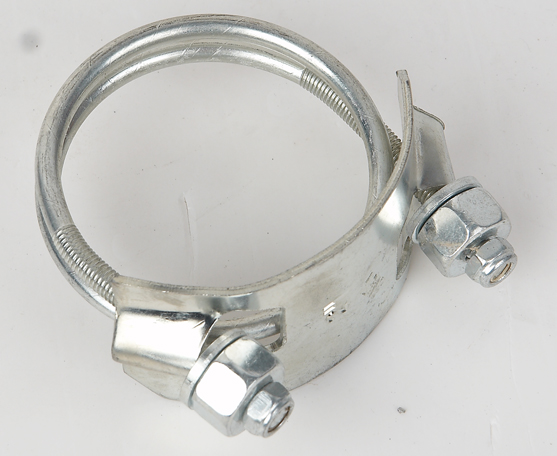Are Stainless Steel Spiral Clamps Corrosion Resistant
2025-11-11
As an engineer or procurement specialist, you are likely specifying components that must perform reliably in demanding environments. A critical question often arises: Are stainless steel spiral clamps truly corrosion resistant? The short answer is a definitive yes, but the complete picture depends on the grade of stainless steel and the specific application. At Beideli, we engineer our clamps to not only meet but exceed industry expectations for durability. The inherent resistance of stainless steel to rust and oxidation is what makes a spiral clamp such a trusted solution for harsh conditions, from chemical processing plants to marine applications.
What Stainless Steel Grades Are Used in High-Quality Spiral Clamps
Not all stainless steel is created equal. The corrosion resistance comes from the alloying elements, primarily chromium and nickel. For a spiral clamp to deliver long-term performance, the material grade is paramount.
-
304 Stainless Steel: This is the most common grade, offering excellent resistance to a wide range of atmospheric, chemical, and organic corrosives. It's a cost-effective choice for many industrial applications.
-
316 Stainless Steel: This is the premium grade, with the addition of molybdenum. This significantly enhances its resistance to chlorides and acids, making it the go-to choice for marine, offshore, and highly corrosive chemical environments.
How Do Beideli Spiral Clamps Ensure Long-Term Performance
At Beideli, we don't just supply clamps; we provide engineered solutions. Our manufacturing process is designed to preserve the material's natural corrosion resistance. The following table outlines the core specifications of our standard spiral clamp offerings, highlighting why they are a resilient choice.
| Feature | Specification | Benefit |
|---|---|---|
| Primary Material | 316 Stainless Steel | Superior resistance to pitting and crevice corrosion, ideal for saltwater and chemical exposure. |
| Alternative Material | 304 Stainless Steel | Excellent all-purpose corrosion resistance for most industrial and manufacturing settings. |
| Finishing | Electropolished Surface | Creates a smooth, passive layer that enhances corrosion resistance and makes the clamp easier to clean. |
| Temperature Range | -60°C to +260°C | Maintains structural integrity and corrosion resistance across a wide thermal range. |
Spiral Clamp FAQ
What is the main advantage of a spiral clamp over a traditional hose clamp
The primary advantage is the uniform 360-degree compression it provides. Unlike traditional clamps that create pressure points, a spiral clamp distributes force evenly, which is crucial for preventing leaks and protecting delicate or convoluted hoses from damage.
Can I use a 304 stainless steel spiral clamp in a marine environment
While 304 offers good general resistance, we strongly recommend 316 stainless steel for marine environments. The molybdenum content in 316 provides essential protection against salt-induced pitting and crevice corrosion, ensuring the longevity of the clamp and the assembly.
How do I determine the correct size for my application
You must measure the outer diameter of the hose or pipe you are clamping. Our Beideli product line comes with clear minimum and maximum diameter ranges for each part number. It is critical to select a clamp whose range fits your measured diameter to ensure optimal sealing performance and clamp longevity.
The integrity of your fluid systems depends on the quality of every component. Choosing the right spiral clamp is not just about clamping; it's about investing in system reliability. Don't leave corrosion resistance to chance.
Contact us today to discuss your specific application requirements. Our technical team at Beideli is ready to help you select the perfect clamp to ensure your systems remain secure and leak-free.



